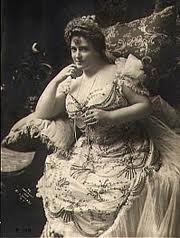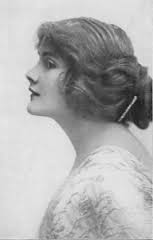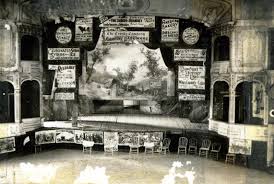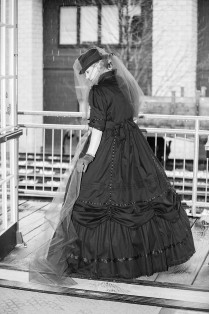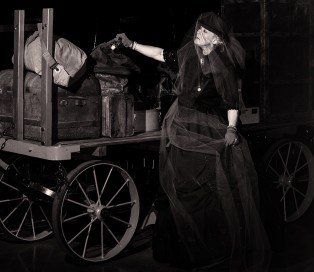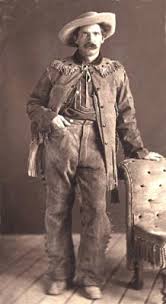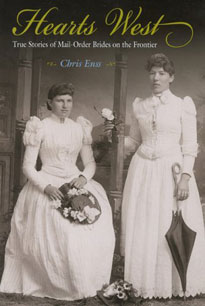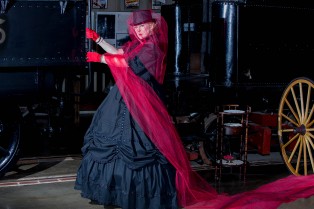The Royal Aquarium in Westminster, England, was a hub of activity on April 6, 1876. Many members of London’s wealthy aristocratic society were on hand for the gala opening of the magnificent structure built entirely underwater.
Dignitaries, barristers, popular sculptors, artists, and photographers were there to witness the occasion and to be inspired by the colorful coral reefs, graceful marine life, and crystal-blue waters. Their attention, however, was drawn away from the oceanic scenery when a tall, curvaceous young woman with Titian red hair entered the room. She was adorned in a simple black gown. Her azure eyes scanned the faces staring back at her, and she smiled ever so slightly. Within moments of her arrival, visitors descended upon the woman to admire her beauty.
Eminent portrait painters and photographers approached the unassuming woman and asked her to sit for them. Poets sought introductions and then recited blank verse about her arresting features. By the end of the evening, Lillie Langtry was the toast of Great Britain-a Professional Beauty to be reckoned with.
Emile “Lillie” Charlotte LeBrenton was born to William Corbet and Emilie Martin LeBreton in October of 1853 on the Isle of Jersey, a few miles off the coast of Saint-Malo, France. She was the only daughter in a family of six children.
Beauty alone was responsible for Lillie Langtry’s initial renown. Her photographs were printed in England and American newspapers, and by the time she was twenty-seven years old she was as famous in those countries as she was in her own.
The writer Oscar Wilde, whom Lillie had met at society parties, convinced her that the theatre was her calling and helped her get her start in the business. Lillie took the stage for the first time on December 15, 1881 in the play She Stoops to Conquer at the Theatre Royal. She was an instant hit.
Theatre managers throughout Europe clamored for a chance to star the famous beauty in one of their shows. After touring London and Scotland, performing for full houses nightly, she traveled to America. She appeared in a variety of productions in theatres from New York to San Francisco.
The Jersey Lily (a nickname she acquired because of where she was born) was romantically linked to the Prince of Wales, gambler Diamond Jim Brady, and actor Maurice Barrymore. Everywhere she went men found her shockingly attractive. Among her famous admirers was Judge Roy Bean of Texas. Bean fell in love with Lillie after seeing her photograph posted on a playbill. Soon the walls of Judge Bean’s saloon courthouse in Vinegaroon, Texas were covered with her pictures and press clippings. He renamed that town Langtry and Lillie visited the town named in her honor in 1904. Judge Bean had died not long before. She toured his Jersey Lily Saloon and drank a toast in his honor. Langtry residents gave her Bean’s pet bear, which had been chained for years to the foot of his bed, and the animal ran off as soon as it was released. Lillie was then presented with the Judge’s revolver, the same one he’d used to keep order in his court.
Everywhere Lillie performed across the West she packed venues and received excellent reviews. At times her theatrical performances were upstaged by her beautiful costumes and dazzling jewelry. Thousands of women bought seats in the hope that they would attend a performance in which Lillie wore her fabulous gems.
World-famous Lillie Langtry retired from the theatre in 1919 and made her home in Monaco. She died on February 12, 1929 from influenza. She was seventy-six years old. News of her death spread quickly through the United States. The front pages of newspapers across America recalled her contributions to the theatre, and some editorials declared her passing as “an era that has come to an end.”

The World Famous Lily Langtree
For more information about legendary frontier actresses read Gilded Girls: Women Entertainers of the Old West.

